Barnacles are hermaphroditic – they contain both male and female sex organs. You’re thinking, “Well, they always have a date on Saturday night.” No, it’s a really bad idea to self-fertilize: Inbreeding results in little genetic diversity. Worms, slugs, snails – slow-moving animals with low rates of encounter – are all hermaphroditic. And you could not get any slower than an adult barnacle!
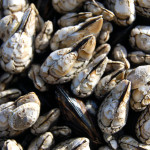

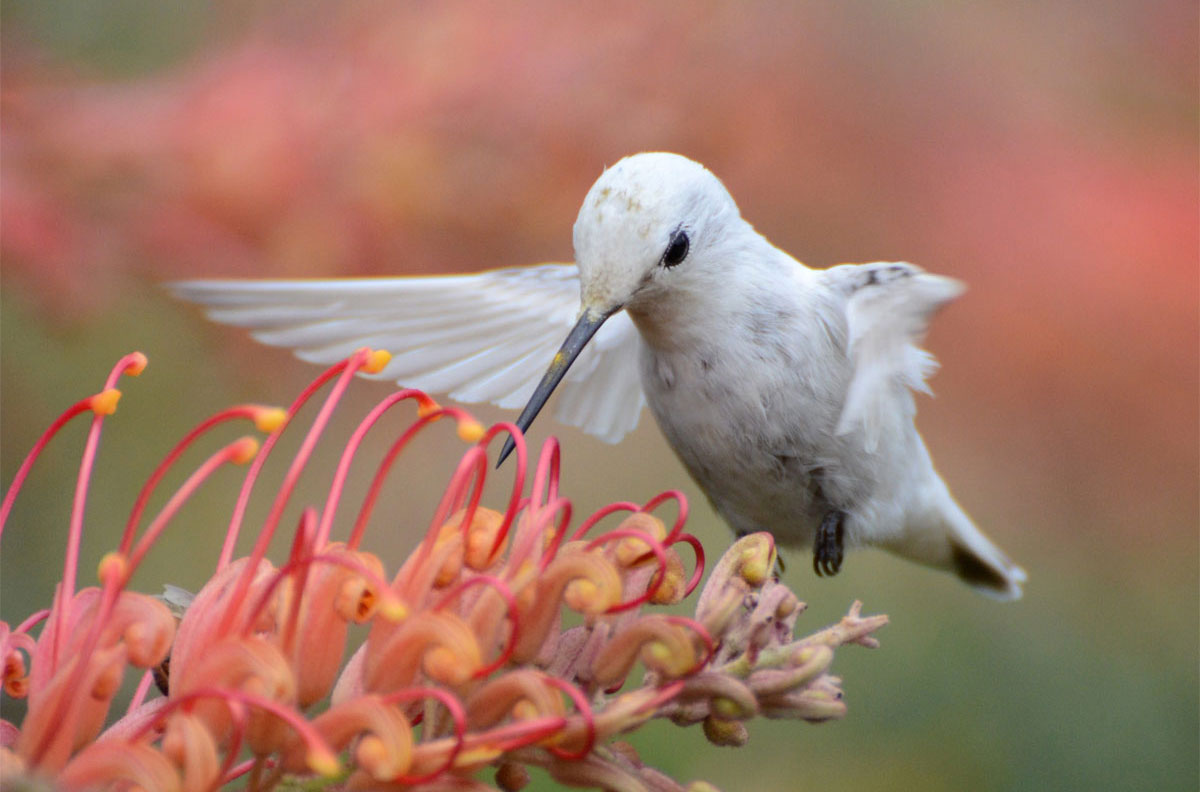

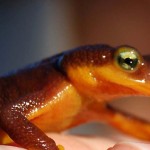
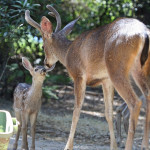
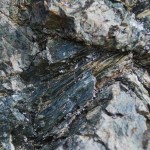
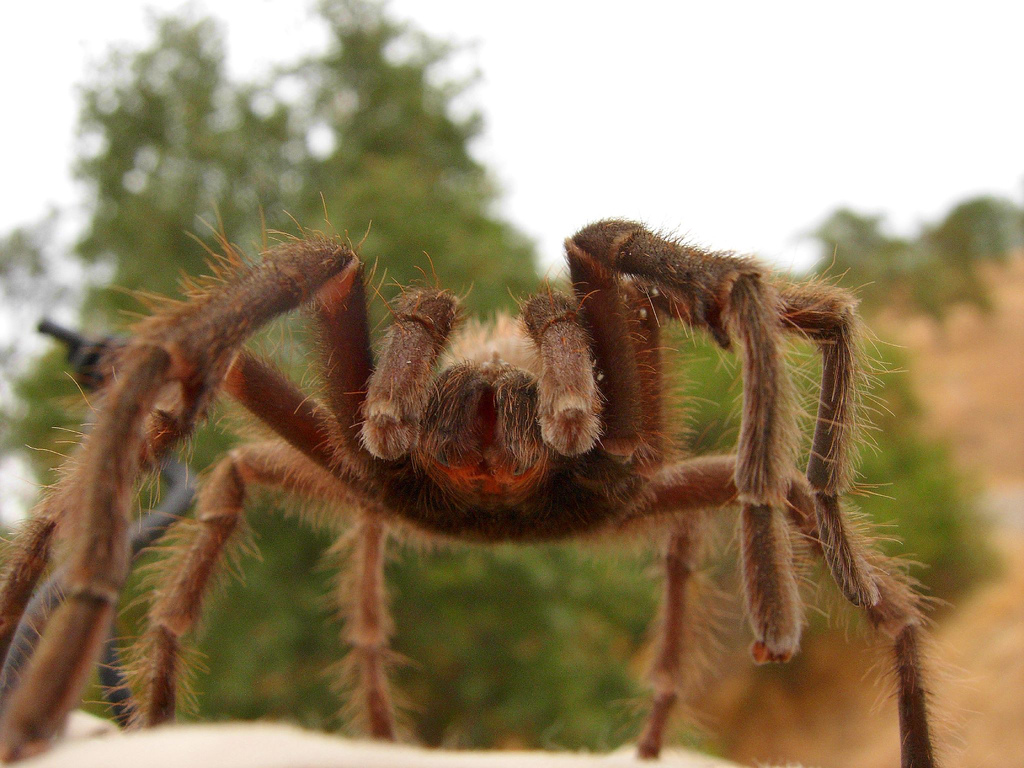

-150x150.jpg)
-150x150.jpg)
-150x150.jpg)